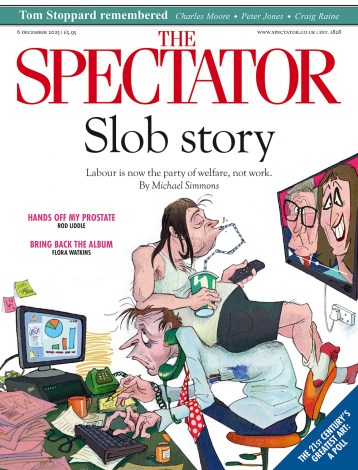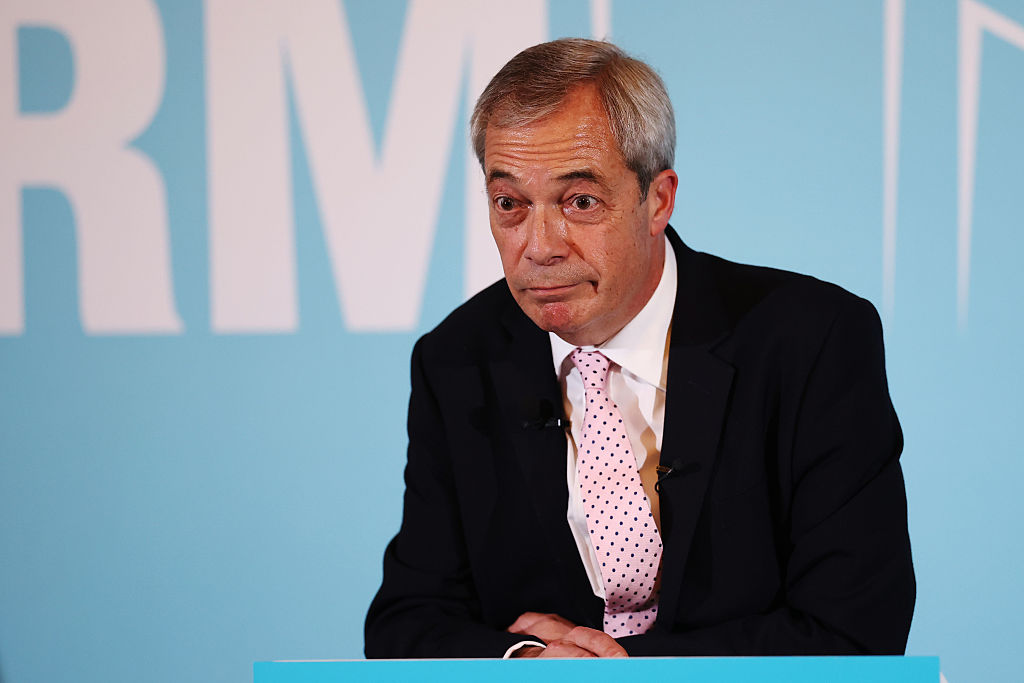Towering above the baroque low-rises of Bolivia’s largest city is the 29-storey presidential palace. Built by the then left-wing leader Evo Morales in 2018, the £25 million glass-fronted skyscraper comes kitted with a designer-furnished gym, spa, helipad, three underground floors and even a private elevator for the president’s personal use.
‘Morales claimed he built this for the people. That it was the symbol of the new Bolivia,’ said my ‘guide’, an unemployed biochemistry graduate, when I visited the building in La Paz last year. Gesturing at the golden motifs adorning its facade, he added with a wry smile: ‘This is what socialism really looks like. No?’
Today, the ‘Great House of the People’ as the skyscraper is named will get a new resident. For virtually the first time in 20 years, however, it will not be Morales or one of his comrades in the Movement Toward Socialism (MAS) party. Instead, it will be one of two right-of-centre candidates: the globe-trotting underdog Rodrigo Paz or former president Jorge ‘Tuto’ Quiroga.
Bolivia is turning from the left-wing pink tide towards the ripples of a blue wave
Like its libertarian neighbour Argentina or Ecuador farther north, Bolivia is turning from the left-wing ‘pink tide’ that once soaked South America towards the ripples of a conservative blue wave. Sick of inflation, political infighting and nationwide fuel shortages, disillusioned Bolivianos are saying no más to MAS’s tried-and-tested brand of socialism. And their shift to the right may prove the most significant in the region yet.
Why? To understand, one must look back to 2005 when Morales was first elected president. As a trade union leader, coca plant grower and indigenous Aymara, Morales was seen as the face of a new type of Latino leftism: one prioritising populism, anti-imperialism and indigenous rights in a majority indigenous nation.
He powered through the presidential elections of 2009 and 2014 with more than 60 per cent of the vote. But following allegations of electoral fraud in 2019, he resigned and fled the country, sparking a political crisis as opposition leader Jeanine Áñez declared herself interim ruler. Twelve months later, however, Morales’s party won out once again. Bolstered by ‘pink tide’ victories in Mexico and Argentina, his hand-picked successor Luis Arce was voted in as president – and Morales returned home.
But, in the run-up to this year’s election, tensions between the socialist kingmaker and his presidential protege began to flare. The tinderbox exploded in June last year when disgruntled members of the armed forces staged a short-lived, somewhat risible attempt at a coup. Morales accused Arce of faking the uprising to boost support – which the president vehemently denied. Four months later, Morales was charged with statutory rape and human trafficking of a 15-year-old girl, with whom he allegedly fathered a child. Since then, the 65-year-old has evaded arrest in a jungle hideaway, protected by bamboo-wielding coca farmers and dismissing the charges as a ‘brutal judicial war’ to prevent him from plotting a comeback.
All the while, the country’s economy tumbled. In June, inflation soared above 5 per cent – the highest in Latin America – with the annual rate expected to reach a three-decade high of almost 24 per cent. Meanwhile, a drop in natural gas production (one of Bolivia’s main exports) and dwindling US dollar reserves sparked a nationwide fuel crisis, with drivers queueing for as long as two days for petrol. Little wonder that by the time voters went to the polls on 17 August, their verdict was clear: they had Moved Toward Socialism, and socialism had failed.
Only it wasn’t so straightforward. Because, for the first time in Bolivian history, no candidate won a clear majority. Instead it was whittled down to Paz (who won 32 per cent of the vote) and Quiroga (27 per cent) who will face off at the ballot box again today. (The candidate for MAS, meanwhile, barely scraped 3 per cent).
Paz, of course, is the surprise frontrunner, having polled at less than 10 per cent before August’s election. A Christian democrat who claims to have lived in ten countries, the 58-year-old has campaigned on a platform of ‘capitalism for all’ – rejecting the idea of an International Monetary Fund bailout and touting tax breaks to stimulate the economy instead. Meanwhile, the more right-wing Quiroga, who briefly served as president in 2001, has called for drastic spending cuts, an IMF bailout and privatisation of state-run firms.
Two possible victors, not so alike in ideology, united in two aims: to unpick the socioeconomic legacy of the past two decades and to move away from Bolivia’s traditional allies, Venezuela and China, into the anti-socialist orbit of the US. As Latin America expert Leonardo Coutinho told Spectator World, both Paz and Quiroga offer Donald Trump a golden opportunity to ‘support Bolivia in a process of institutional reconstruction’. Given the US President’s close relationship with his chainsaw-wielding counterpart in Argentina, Javier Milei, the chance to forge another alliance with the resource-rich Bolivia is likely to appeal.
Meanwhile the rest of the region watches and waits. With upcoming elections threatening to haemorrhage left-wing bases in Chile, Colombia, Peru and others, the ripples of the blue wave may bubble into a flood. Whether it can wash away the detritus from 20 years of socialism, though, will be Bolivia’s greatest test yet.







Comments